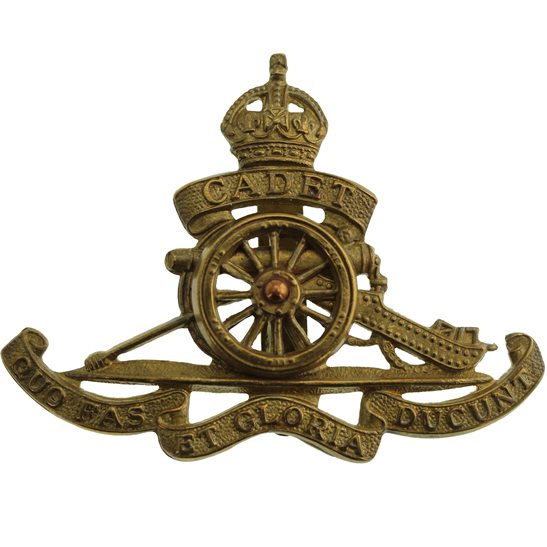Personal Details
Born: 5 July 1895 and baptised with his sister Gladys in August that year at St Alkmund’s Church in Whitchurch, Shropshire.
Family:
Third of seven children born to Annie Clarke. George’s father was probably Robert Clarke (from the baptism records); Annie is shown in the 1901 Census as the mistress of Ellis Speed with all the children living in the household as his legitimate children (including George and his sister Gladys who were both baptised at the same time). George married Emma Ikin Wilkinson in 1919 and our research suggests they had 8 children together – Robert A, George, Freda M, Eileen M, Cyril J, Joyce N, Margaret and Alice V.
Residence: In 1901 the family were living at 227 Wrexham Road, Whitchurch. Ten years later George was no longer with the family but probably living-in at The Grange, Bronington, Flintshire. In 1919 his address was 212 Wrexham Road, where Ellis Speed was head of the household. In 1939 he was living in Marbury, Cheshire.
Employment: At the time of the 1911 census George was probably working as a farm servant in Flintshire and listed as George Speed. The 1939 Register records him as pig feeder on a farm.
Died: 1969
Military Details
Regiment: Royal Field Artillery
Rank: Gunner
Service Number: 79421
Date of Enlistment: Not known
Date of Discharge: Not known
Reason for Discharge: Not known
Other Information: Served in France from 21 April 1915. Spent time in 4th Stationary Hospital in France suffering from synovitis in 1917. He was the half-brother of Robert Henry Clarke who served in the KSLI and lost a leg.
George was awarded the Campaign Medals (British War Medal, Victory Medal and 1914/15 Star).

The 1914 Star (also known as 'Pip') was authorised under Special Army Order no. 350 in November 1917 and by an Admiralty Fleet Order in 1918, for award to officers and men of the British and Indian Expeditionary Forces who served in France or Belgium between 5 August and midnight of 22–23 November 1914. The former date is the day after Britain's declaration of war against the Central Powers, and the closing date marks the end of the First Battle of Ypres.
The 1914–15 Star (also known as 'Pip') was instituted in December 1918 and was awarded to officers and men of British and Imperial forces who served against the Central European Powers in any theatre of the Great War between 5 August 1914 and 31 December 1915. The period of eligibility was prior to the introduction of the Military Service Act 1916, which instituted conscription in Britain.
The British War Medal (also known as 'Squeak') was a silver or bronze medal awarded to officers and men of the British and Imperial Forces who either entered a theatre of war or entered service overseas between 5th August 1914 and 11th November 1918 inclusive. This was later extended to services in Russia, Siberia and some other areas in 1919 and 1920. Approximately 6.5 million British War Medals were issued. Approximately 6.4 million of these were the silver versions of this medal. Around 110,000 of a bronze version were issued mainly to Chinese, Maltese and Indian Labour Corps. The front (obv or obverse) of the medal depicts the head of George V. The recipient's service number, rank, name and unit was impressed on the rim.
The Allied Victory Medal (also known as 'Wilfred') was issued by each of the allies. It was decided that each of the allies should each issue their own bronze victory medal with a similar design, similar equivalent wording and identical ribbon. The British medal was designed by W. McMillan. The front depicts a winged classical figure representing victory. Approximately 5.7 million victory medals were issued. Interestingly, eligibility for this medal was more restrictive and not everyone who received the British War Medal ('Squeak') also received the Victory Medal ('Wilfred'). However, in general, all recipients of 'Wilfred' also received 'Squeak' and all recipients of The 1914 Star or The 1914/1915 Star (also known as 'Pip') also received both 'Squeak' and 'Wilfred'. The recipient's service number, rank, name and unit was impressed on the rim.

